Protecting plants in a heatwave – 10 expert tips for combatting heat
If extreme heat is playing havoc with your garden, these expert tips will protect plants in hot weather
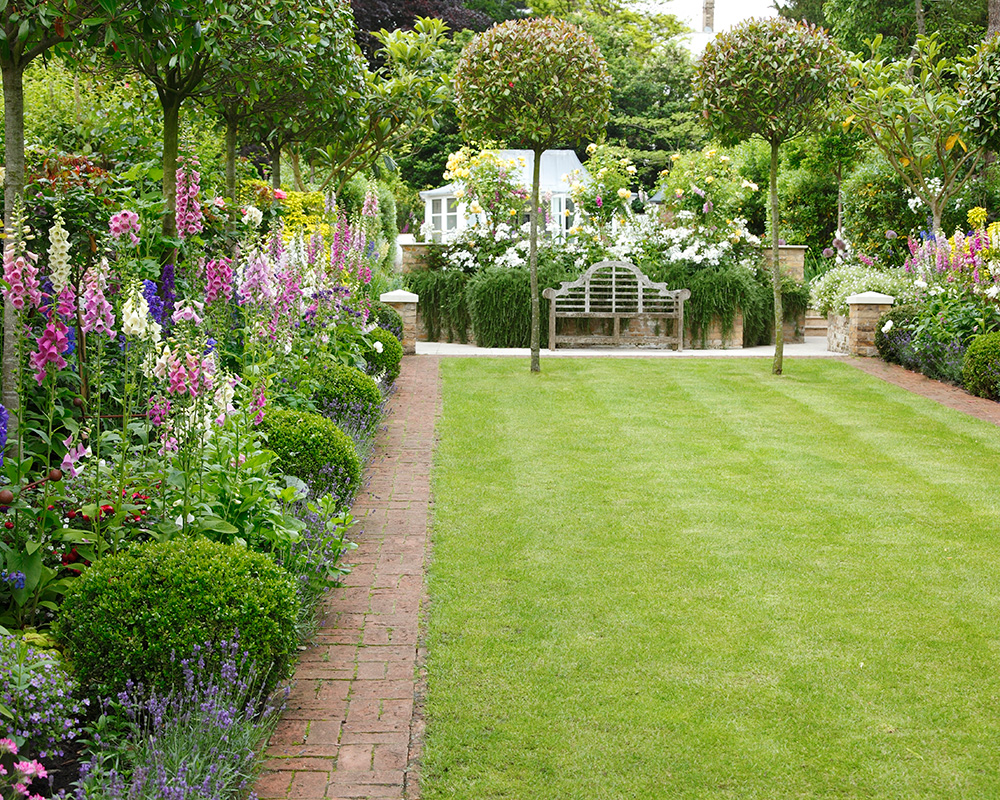

Lucy Searle
Knowing how to protect plants in a heatwave can make or break your garden in the summer. Of course watering is one way to ensure plants' health, but it isn't, and shouldn't be, the only option, especially in zones where water use might be restricted.
We asked the experts for their top tips on protecting plants, whether in borders or in containers, and your lawn from hot sun and winds, and make some suggestions for future-proofing so that your flower bed ideas will need less protection in years to come.
How to protect plants in a heatwave
Although we look forward to soaking up the sun, our gardens can quickly become parched if we don't take steps to protect our plants. Here's what the experts advise.
1. Water plants – at the right time of day
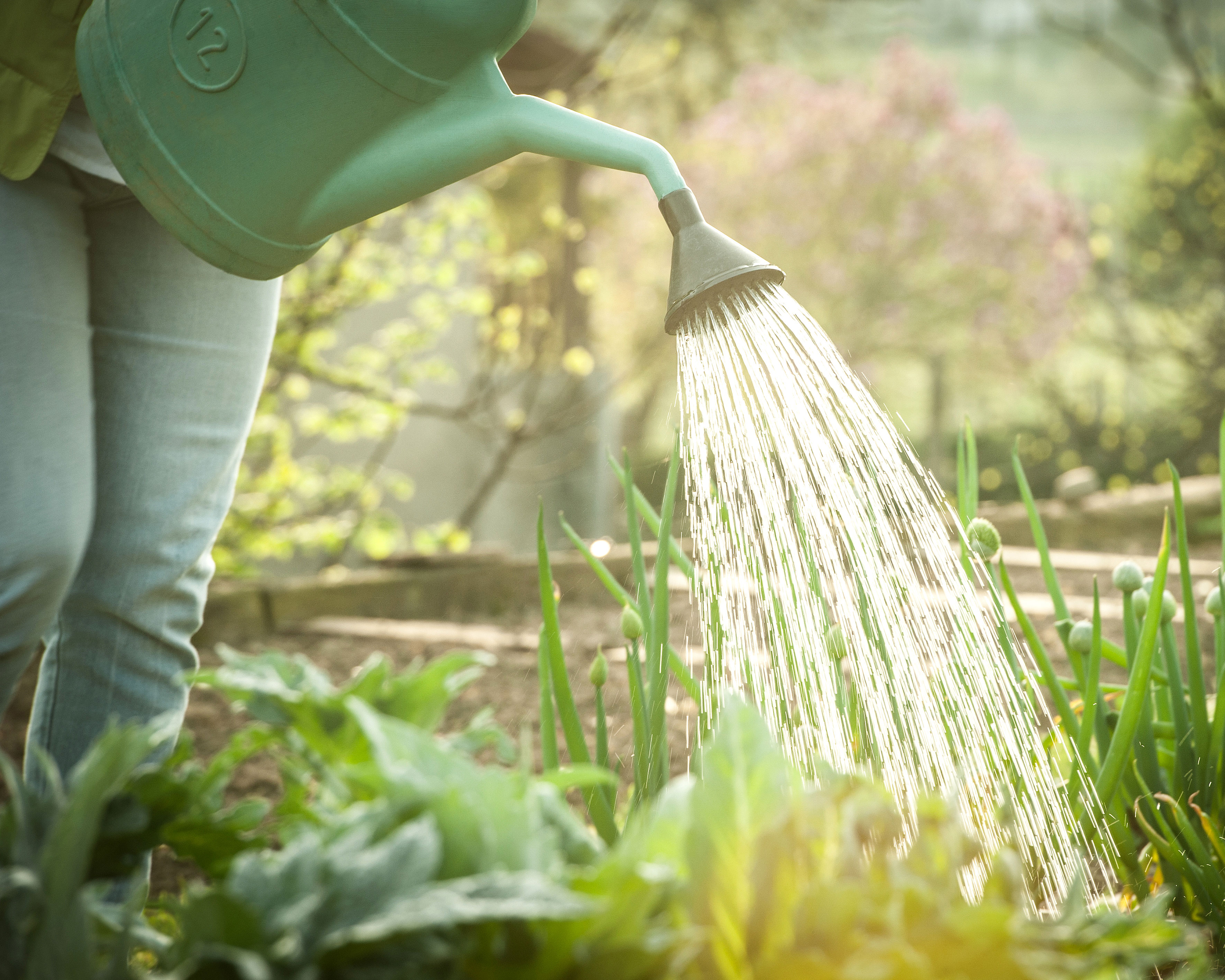
Watering plants during a heatwave is vital to their survival. However, water restrictions are common in some zones and introduced in others during heatwaves, so careful use of water for rehydrating lawns, borders and containers is important.
'When it’s hot, the best time of day to water plants is early morning or in the evening. Plants in containers should be watered twice a day, as soil dries out much quicker in pots. Bonus points if you use re-use rainwater from a water butt,' say the experts at The Greenhouse People.
'Water container plants generously, ideally in the evening, once the sun has moved off the garden, which will allow plenty of time for the water to penetrate into the soil before temperatures rise again the next day,' says Rachel Crow, Homes &Garden's gardening expert. 'Otherwise water them early in the morning. Soak the soil thoroughly and try to avoid getting the foliage too wet. Never water the plants in full sun as the water will just evaporate off and you'll waste water and your time.
'Container plants will probably require watering daily – possibly even twice daily – during a heatwave, but take your cue from the plant itself and see if it's wilting and looking thirsty. Just as you don't want it parched, you also don't want to go to the other extreme and overwater it.'
Plants need to be watered generously, so that the water penetrates the root zone. However, The Greenhouse People also urge some caution around overwatering plants, 'which can cause them to leach nutrients and cut off the supply of oxygen to the roots. Instead, pick up the watering can and provide focussed watering at the base of the plant, so roots can benefit as quickly as possible.'
The advantage of a watering can is that it won't disturb soil like a strong stream from a hosepipe will. Ensure, whatever you use during watering, that the water doesn't hit or sit on the plants leaves, which can cause leaf burn.
'If you use a sprinkler, it is impossible not to wet the leaves when watering the garden, so in that case, water early in the morning so that the foliage will dry early and quickly to minimize disease risk,' say the experts at Bonnie Plants.
You should avoid leaving plant leaves damp where possible as moisture and heat leaves plants more prone to fungal infections such as powdery mildew. It can be cumbersome to get rid of powdery mildew, so prevention is the best solution.
2. Move container plants into shade
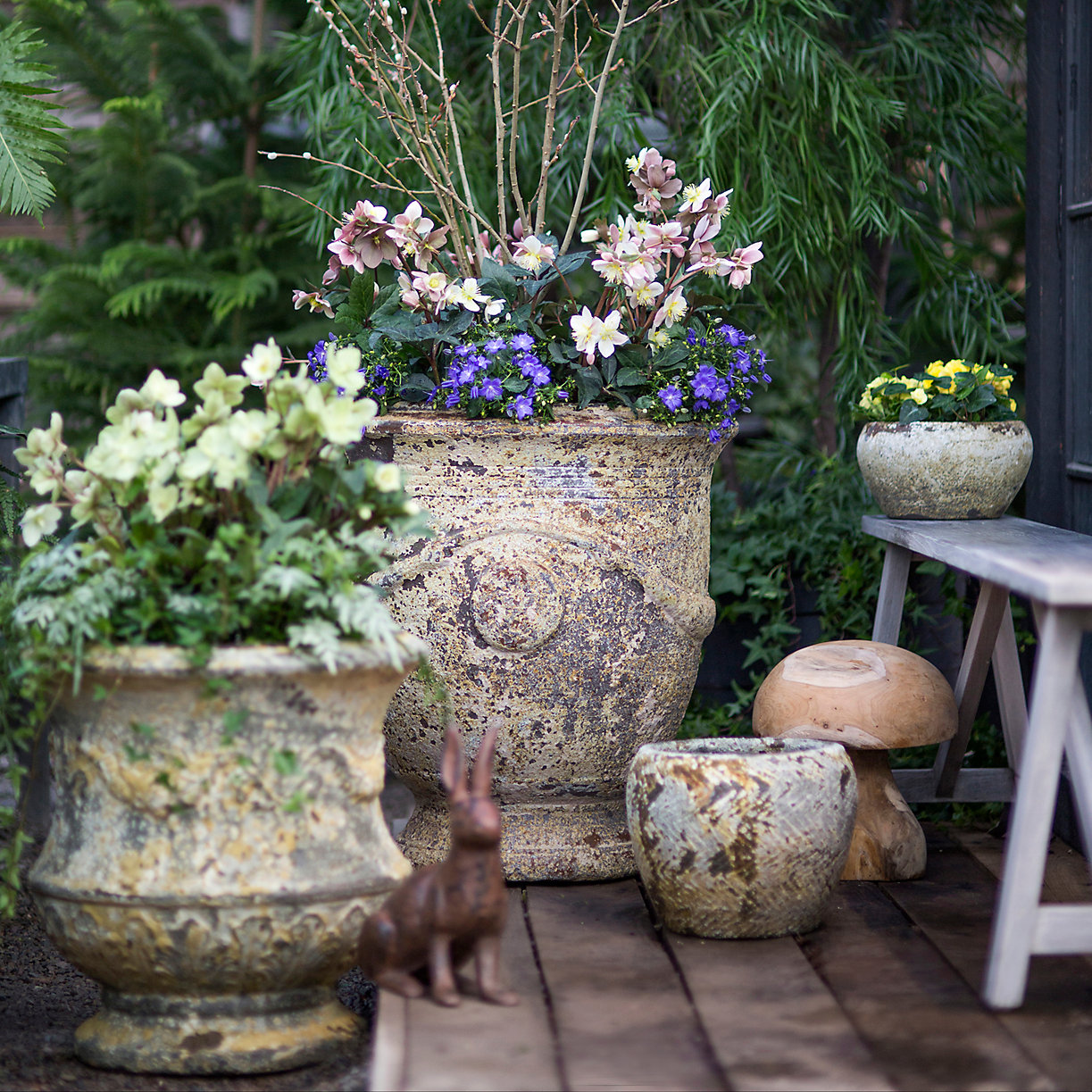
'Container plants will be the first to dry out in a heatwave so you need to take extra care to ensure they do not perish in especially hot spells. Move containers into a shady spot where they will be protected from the heat of the midday sun,' says Rachel Crow.
3. Create shade for plants you can't move
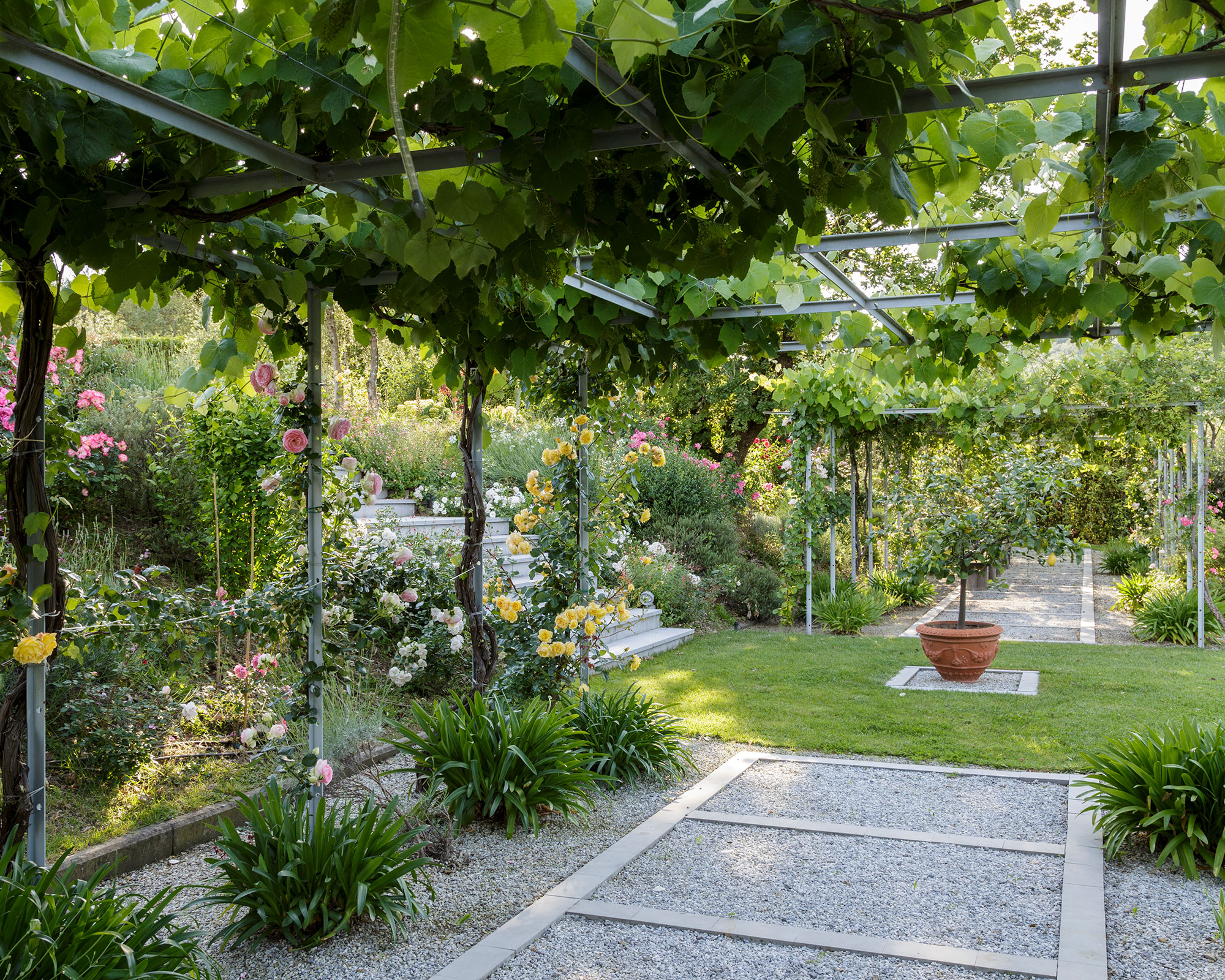
Plants suffering in borders can be protected from clever garden shade ideas. These could be something as simple as shade cloth (available at Amazon), which can be fixed above plants with stakes to provide protection from the heat of the sun. Shade cloth comes in different grades so that you can choose one to suit the shade needs of the plants below, though between 30 to 50 per cent shade cloths are recommended by experts for most plants.
If hot weather is a persistent problem where you live, you may want to consider more permanent solutions, such as pergola shade ideas, to protect plants long-term.
4. Use companion planting to create shade
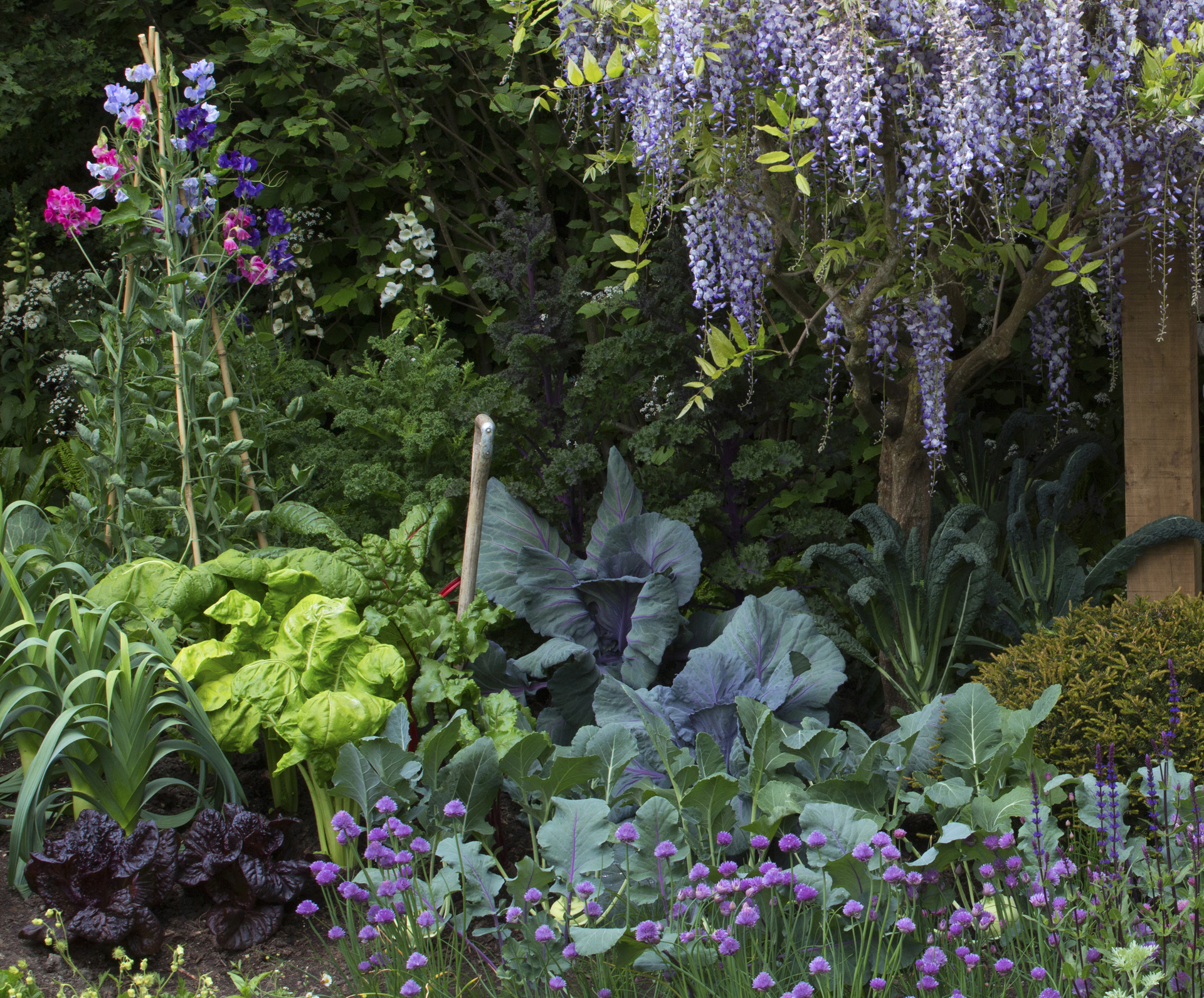
Companion planting is usually talked about in terms of warding off pests or encouraging pollinators. However, you can use companions as a natural way to create shade to protect plants from heat. The best way to do this is to plant tall heat-tolerant plants around more tender, shade-loving plants. Ask for help at your local garden center to ensure you position plants that enjoy growing together for best results.
5. Protect plants' roots from heat
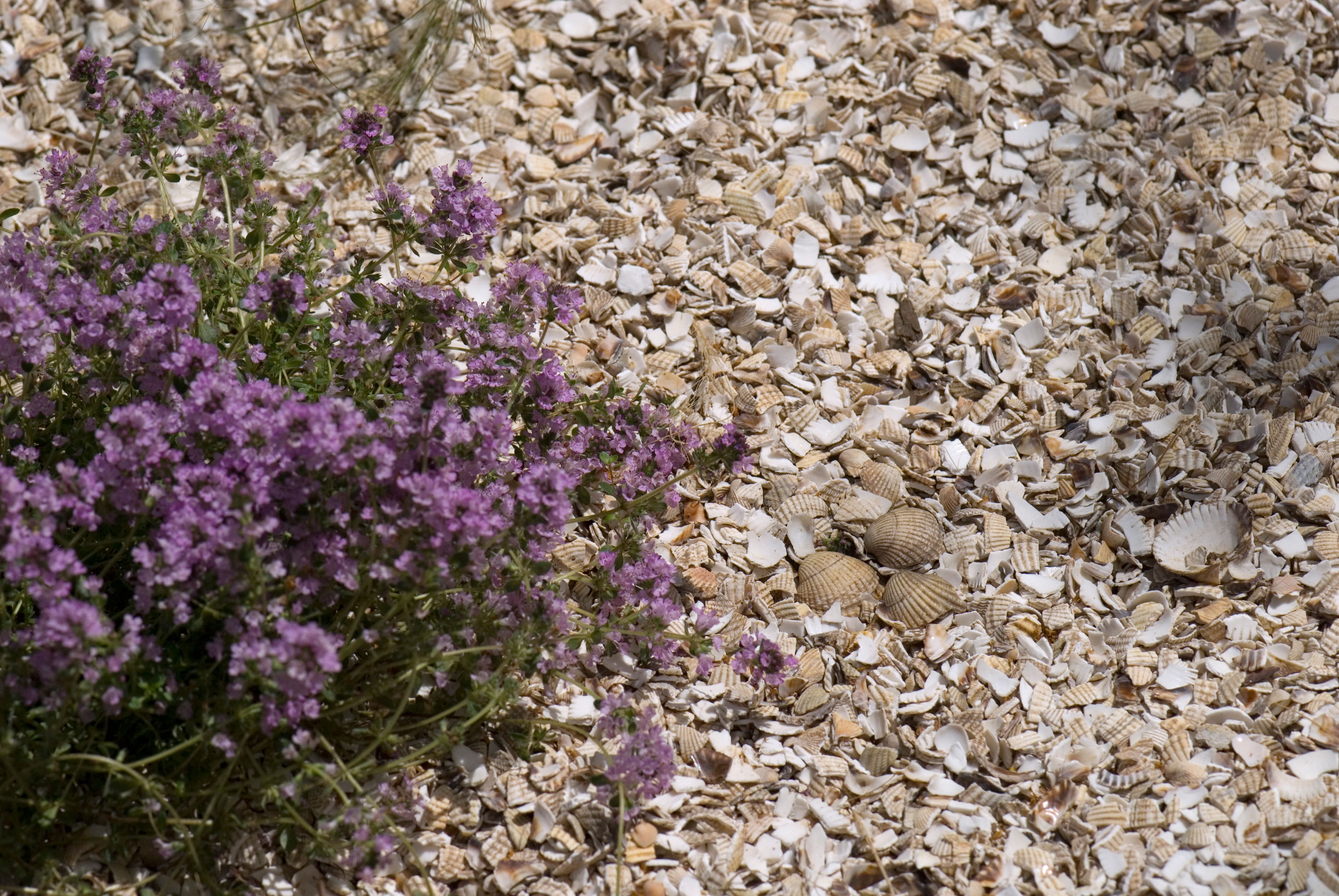
'Most gardeners can appreciate the benefit of mulching. This can hinder weeds, eliminating the need for hard work when you’d rather be sipping a cool drink in the shade, as well as offer nutrient-rich organic matter to provide a lifeline when things get hot,' say the experts at The Greenhouse People.
Mulching borders and containers will help plants' roots retain moisture. A layer around 3in deep will stop the heat penetrating the soil and ensure it stays moist.
'If you lay down this thick layer, the top few inches of soil where most root activity occurs will be kept moist and cool. This will increase your crop yield if you’re a vegetable gardener and reduce the amount of watering needed no matter what you’re growing,' they continue.
It's important to choose the right type of mulch for the zone you are in and the plants you are trying to protect, since each will offer a different level of moisture retention, however a simple guide is that light-colored top layer mulches can offer more protection from heat than dark-colored ones.
'One mulch that will increase water retention is vermiculite (available at Amazon). This can be found in potting soil or purchased by itself. A miracle product for gardeners, vermiculite increases nutrient retention and aerates the soil, resulting in healthier plants,' conclude The Greenhouse People.
If you are a fan of permaculture gardening, which espouses a more natural approach, you may have a natural layer of mulch from fallen leaves on your borders and containers already. However, in areas where there are wildfires, you will want to cover or replace this with non-flammable mulches, such as pebbles or gravel.
6. Swap out or seal terracotta pots
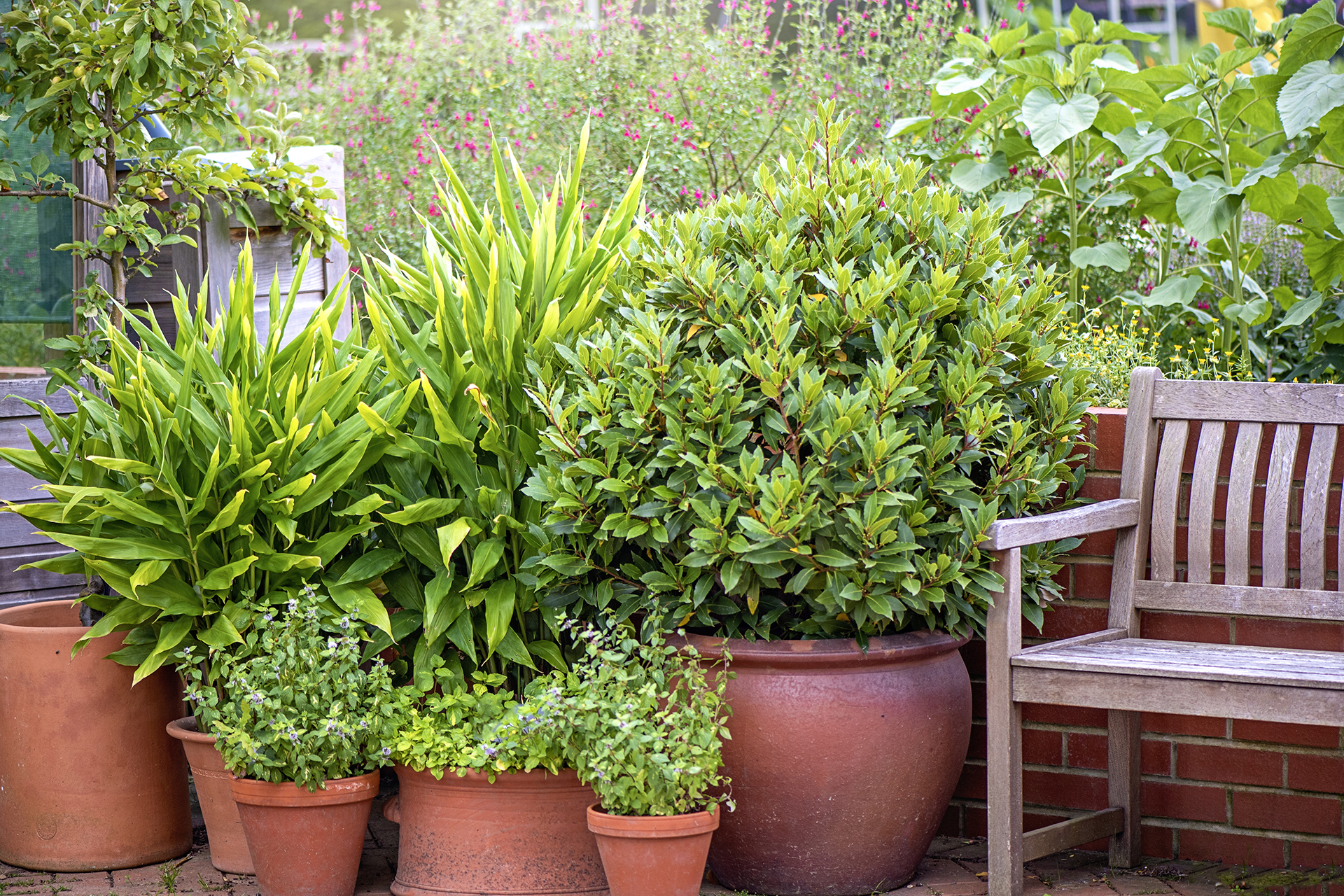
We have already said that container gardening ideas are vulnerable to extreme heat, and while watering and moving them to shade can help, you may find that the containers' material is constantly losing the battle for you.
Terracotta is the worst culprit: if not sealed, it allows for quick evaporation, meaning plants will dry out much more quickly. Sealing this material with terracotta sealant (available at Amazon) will improve the situation.
Plants left in the black plastic containers you bought them in will suffer too – these will be best protected from heat by repotting into light-colored containers which reflect sunlight (and deflect heat) more effectively.
7. Feed heat-fatigued plants
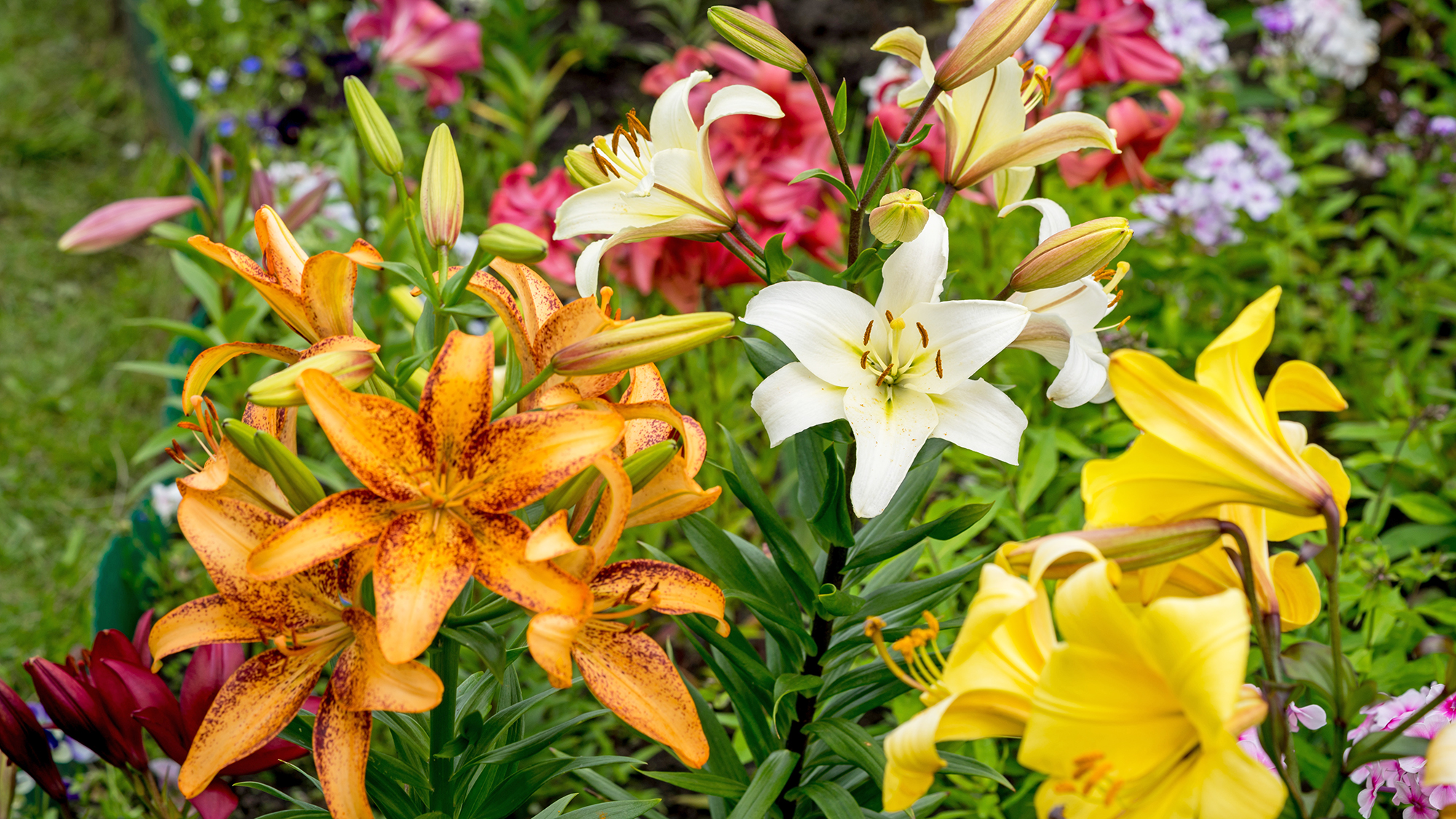
If your plants need feeding and there's a heatwave too, it's important to ensure that you feed them at the right time. Fertilizer should never be added to dry soil which can lead to the plants becoming 'burnt'. Ensure the soil is kept moist during and after fertilizing to allow the nutrients to be properly absorbed.
5. Save a scorched lawn
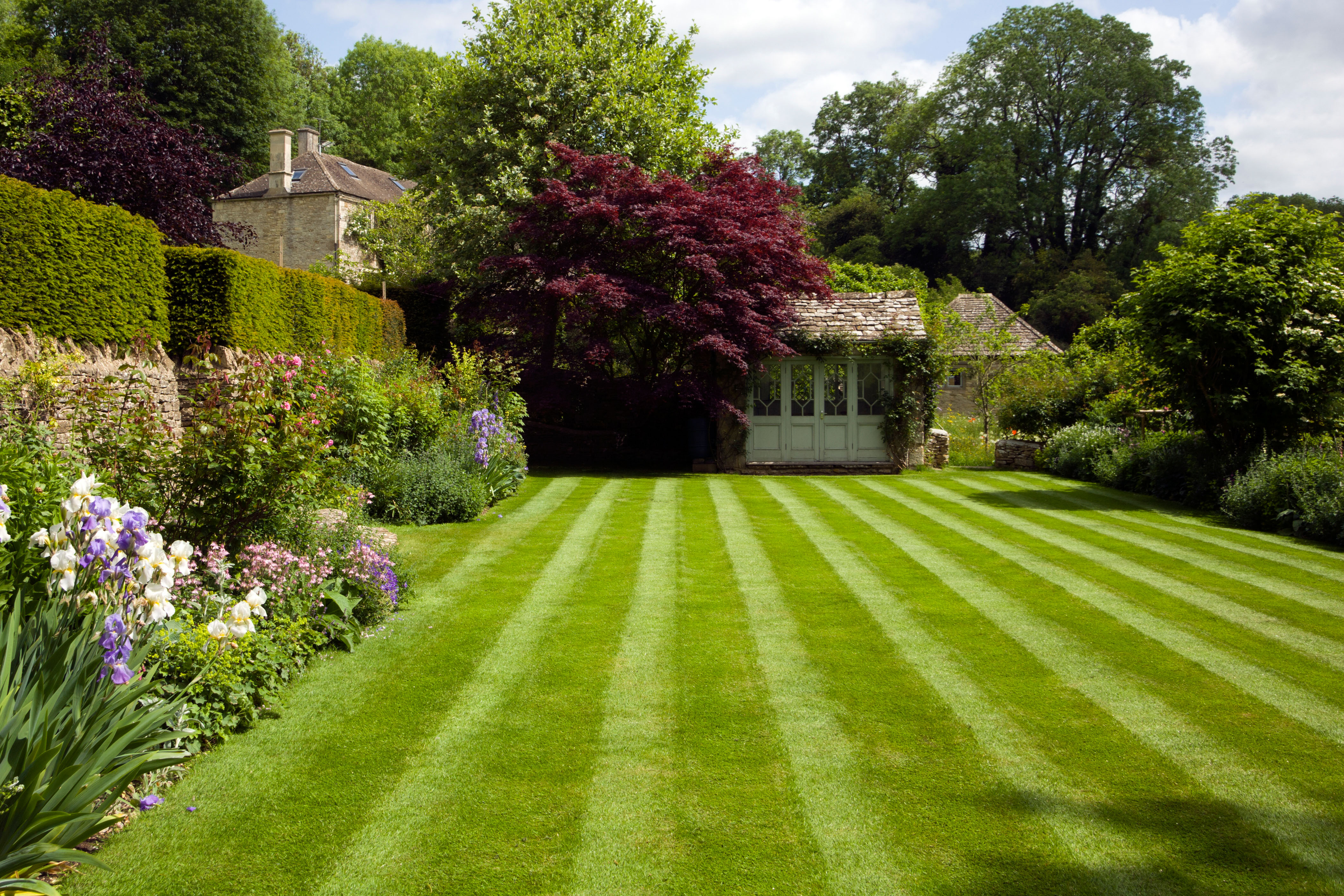
To keep your lawn green and thick during a heatwave, it is not necessary to use your entire zipcode’s water supply.
'A well-established lawn should require minimal watering in increased temperatures. Once a week should be enough and your mowing routine should drop to once a week during periods of drought,' say The Greenhouse People.
'Before you mow, check the blades are sharp, to give a clean cut to the grass. When mowing, adjust your blade to a higher setting to ensure grass stems provide maximum shade to the soil. Afterwards, leave the cuttings instead of raking to provide shade and to avoid damaging your lawn.'
9. Put in new plants – at the right time
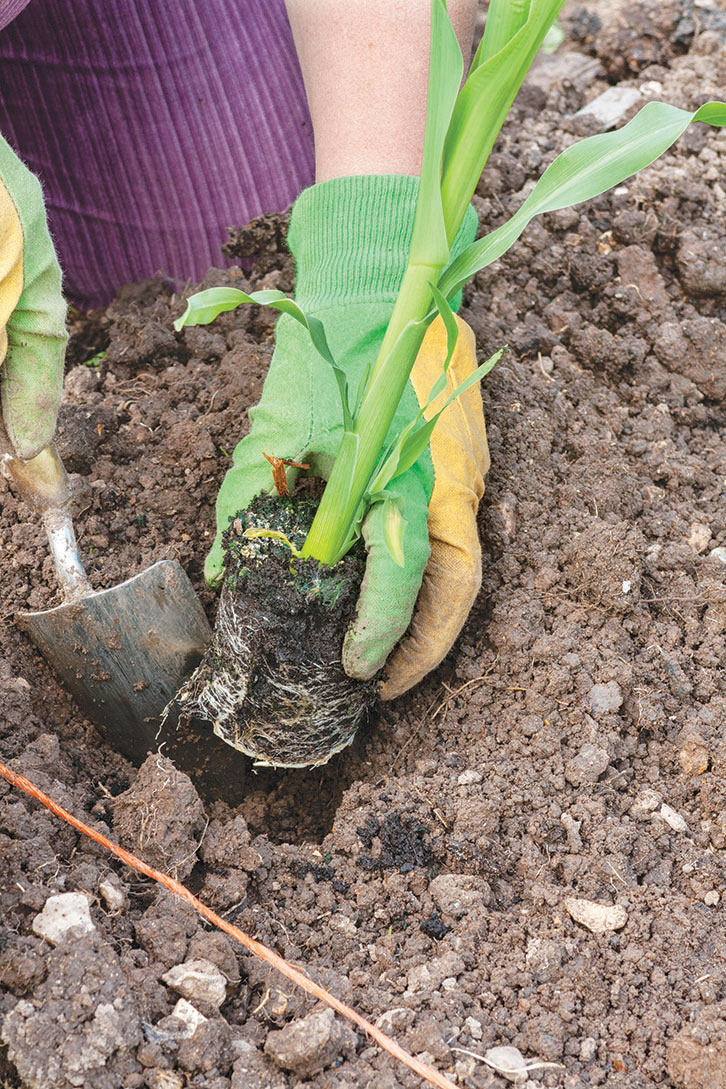
Just because there's a heatwave that doesn't mean you don't want to improve your backyard's looks with new plants. However, putting them in at the right time of day is vital to them doing as well as possible.
'If you add new plants to your garden in the summer, plant on a cloudy day and water well if the weather is warm. Increase the plant’s chances of surviving the heat by using half mulch half potting mix,' say The Greenhouse People.
10. Buy drought-resistant plants
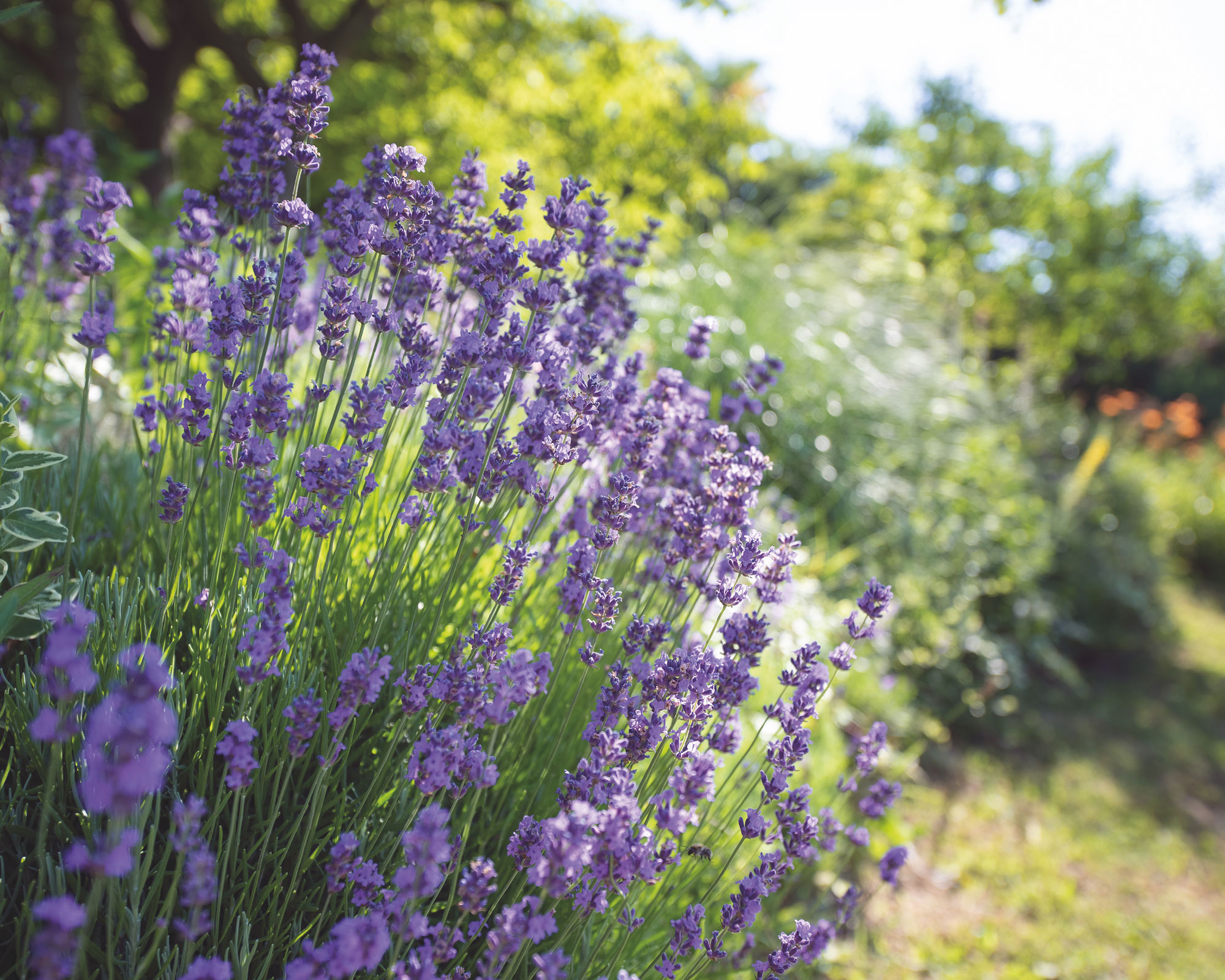
And if you're going to put in new plants, ensure you are thinking drought-tolerant planting ideas.
'You might want to consider drought-resistant plants alongside more heat-sensitive varieties to keep your garden looking healthy,' say The Greenhouse People. 'Herb garden ideas such as rosemary, marjoram and lavender love the heat and their flavor becomes more intense in the hot summer months.'
Succulents and cacti are a great choice for desert gardens and ideal if you are planning a dry garden, wherever you live. Otherwise, look to Mediterranean garden ideas for inspiration for plants that can withstand periods of intense heat, while retaining their lushness and color.
Should you water plants every day in hot weather?
Yes, you should water plants every day in hot weather, but ensuring it is done properly is a must. This means watering very early in the day or late in the evening, and ensuring the water has a chance to penetrate to the roots rather than just sit on the surface. Both of these will ensure good absorption before evaporation.
Can plants recover from extreme heat?
Most plants will recover from extreme heat, as long as you have kept an eye open for the signs of them becoming damaged: namely, wilting and browning of the leaves. The best option is to protect them by watering at the right time of day, mulching to encourage water retention, and providing them with shade. Once you do this, or the heat subsides, they should start to recover.
Sign up to the Homes & Gardens newsletter
Design expertise in your inbox – from inspiring decorating ideas and beautiful celebrity homes to practical gardening advice and shopping round-ups.

Jennifer is the Digital Editor at Homes & Gardens. Having worked in the interiors industry for several years in both the US and UK, spanning many publications, she now hones her digital prowess on the 'best interiors website' in the world. Multi-skilled, Jennifer has worked in PR and marketing and occasionally dabbles in the social media, commercial, and the e-commerce space. Over the years, she has written about every area of the home, from compiling houses designed by some of the best interior designers in the world to sourcing celebrity homes, reviewing appliances, and even writing a few news stories or two.
- Lucy SearleGlobal Editor in Chief
-
 Joanna Gaines’ new Target drop has everything you need for a stylish Easter weekend outdoors – I’m shopping her affordable pieces to prep for summer
Joanna Gaines’ new Target drop has everything you need for a stylish Easter weekend outdoors – I’m shopping her affordable pieces to prep for summerFrom dinnerware to lawn games and outdoor movie night gear, here’s what I’m shopping from Joanna Gaines’ latest Hearth & Hand drop at Target
By Charlotte Olby Published
-
 Do cleaning products expire? Professional cleaners warn time could make them ‘less effective, and in some cases, irritating to use’
Do cleaning products expire? Professional cleaners warn time could make them ‘less effective, and in some cases, irritating to use’For the best results, it pays to stay on top of the timeline of your cleaning products
By Chiana Dickson Published